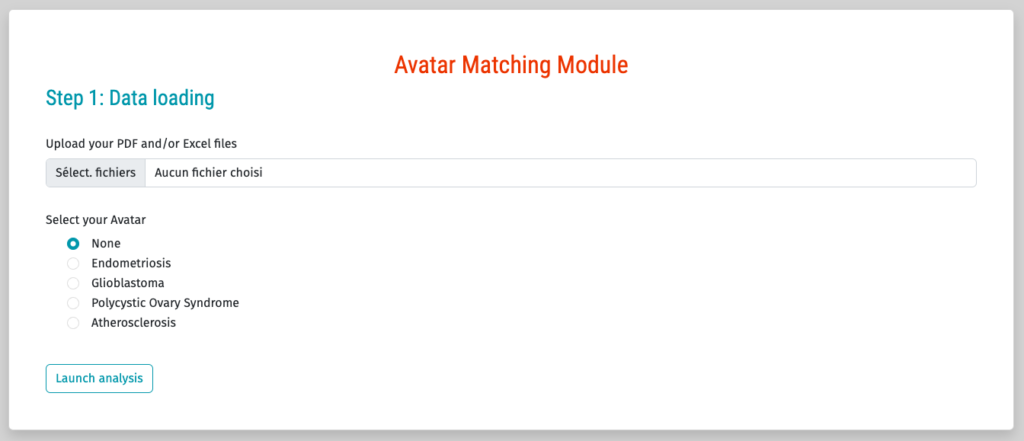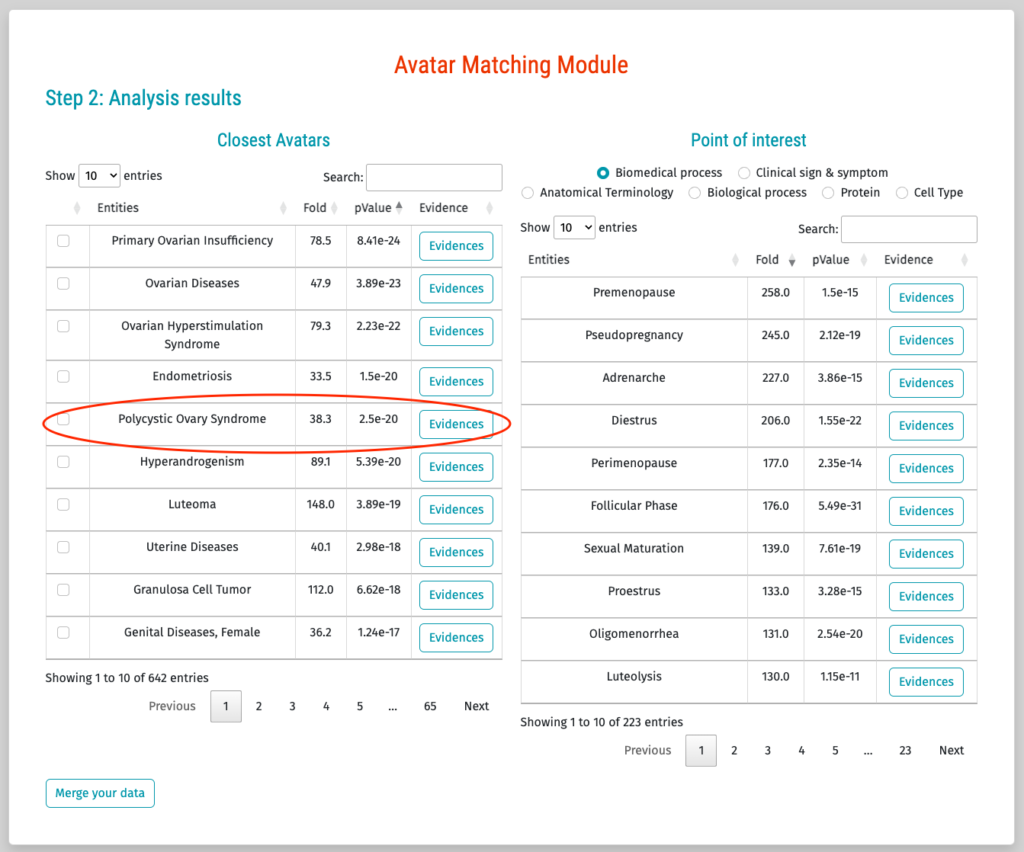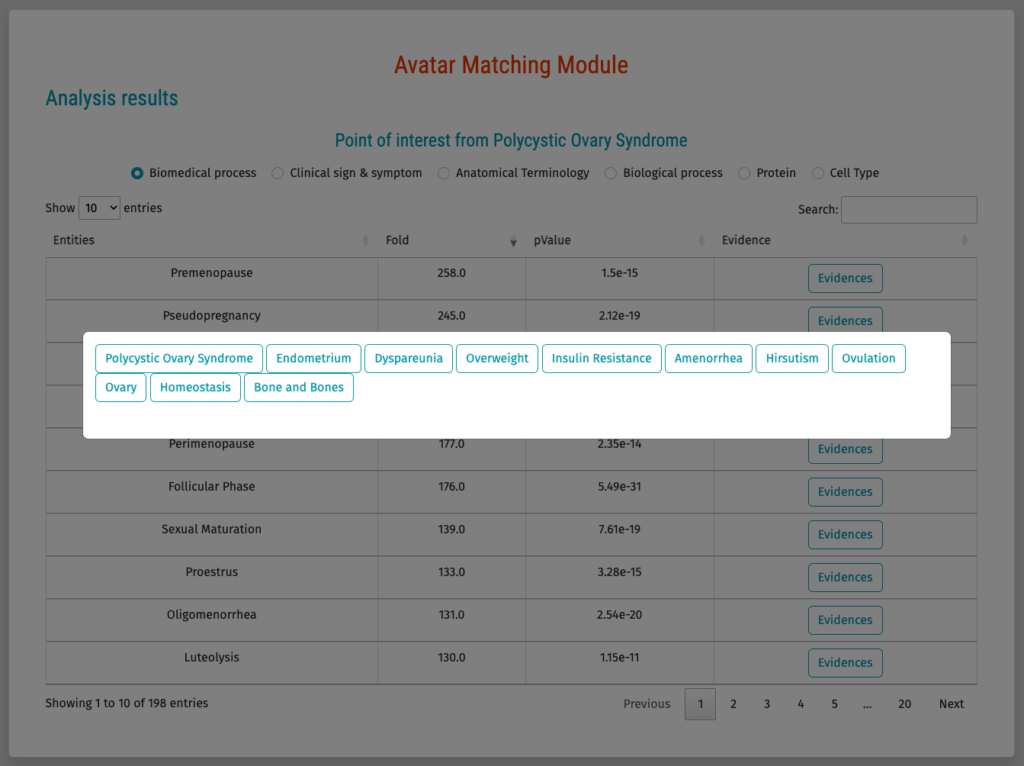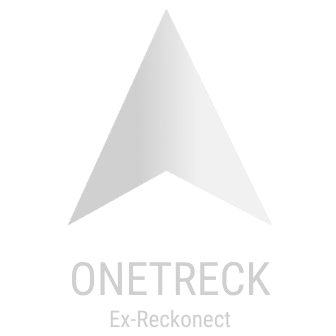Introduction
The era of precision medicine had witnessed the ever-growing importance of the integration of real-world data. In that sense, experimental data (e.g. omics, imaging annotations, semantics as in medical reports) is a front line for understanding and targeting disease progression. It includes, but is not restricted to, the research of drivers’ signature of diseases as well as the discovery of new therapeutic avenues.
OneTreck developed the Manta platform, an AI based automated integration that combines the library of avatars of diseases with pre-clinical and clinical data. This original approach fuels R&D applications in drivers’ and therapeutic avenues, with emphasis on endocrine and metabolic associated disorders.
Materials
- Manta platform: Integration of multi-types of data,
- Preclinical or clinical data: various omics or semantics (articles, grant applications, patient reports, imaging annotations),
- Optional: avatar(s) from our library that correspond to the disease(s) that you are interested in.
Case study: Poly-cystic Ovary Syndrome (PCOS)
The poly-cystic ovary syndrome (PCOS) is a complex disorder characterized by infertility, obesity, hirsutism and menstrual disturbances and is one of the most common endocrine disorders in women during their reproductive age.
You are highly frustrated as you really want to have a better understanding of PCOS progression but it seems that you cannot get relevant knowledge despite the amount and diversity of the data you have in hands.
Methods

Step 1 – Upload your data: Here we uploaded experimental data (omics, patient reports, imaging reports) as PDF, Txt and excel files. You could use a relevant avatar corresponding to PCOS although it is not compulsory.

Step 2 – Analyze your results: On the left panel of results, you have driver’s signature of disease identification as Manta platform identifies the closest avatars related to your data.
In addition, the right panels of the results, provide you with the entities of your uploaded data that are involved in disease progression: anatomical parts, clinical signs & symptoms, biomedical and biological processes, cell types and proteins.

Step 3 – Integrate your data: Should you be convinced by the disease signature the Manta platform found, you could select an avatar from the left panel of results and choose to add your data on this specific avatar. This step will refine the disease model with your own data.
All the evidence pointing to the identified entities, are accessible by reaching the entry list linked to the entity of interest.
Conclusion
Experimental data integration, a front line in R&D search for diagnostics and therapeutics avenues, is swiftly performed by OneTreck Manta Platform (e.g. omics, semantics and imaging annotations).
What’s Next?*
You might want to identify potential drivers of disease progression (see build rigorous knowledge driven hypothesis of disease signature) or define the Mechanism of Action involving your own experimental data (see retrieve mechanism of action from literature).
*Please see the application resources on our Access Hub.



